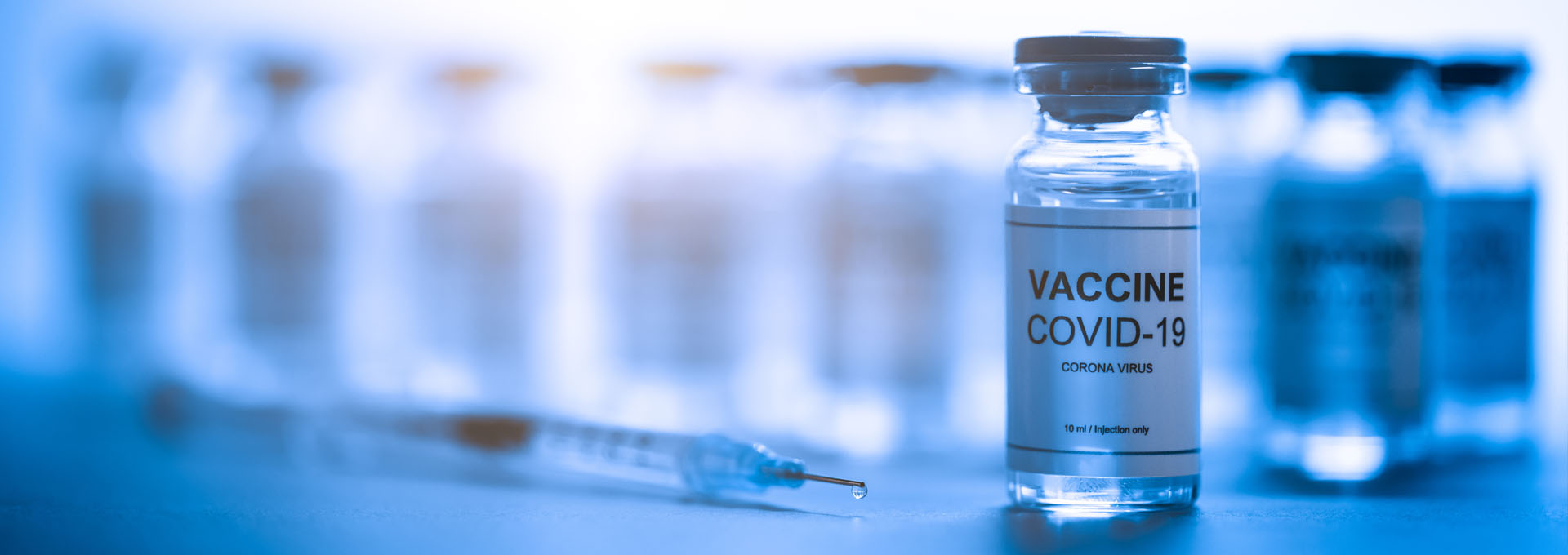Accelerated COVAX Approvals Maintained Rigorous Review Process

In many countries, the early COVID-19 vaccines have been released through accelerated release pathways (e.g., the Emergency Use Authorization from the U.S. FDA and Conditional Marketing Authorization from the European Medicines Agency). Because the authorizations through these accelerated release pathways are not the same as full approvals, there has been a renewed interest in learning more about the vaccine approval process.
In late 2020, the EMA produced a series of approachable presentations that compared the standard review process to the accelerated review process used for the early COVID-19 vaccines: “How are COVID-19 Vaccines Developed” and “EU’s Regulatory Process for Evaluation and Approval of Vaccines.” A preview of two of the presentations is shared here, but interested readers are encouraged to follow the links to see the presentations for themselves.
The two EMA presentations start by providing an overview of the vaccine development process. One fact that is made abundantly clear is that COVID-19 vaccines have progressed through the same rigorous development cycle as all modern pharmaceuticals. All key milestones, including small scale studies, non-clinical studies, clinical trials (including phase I, II, and III trials), health authority review and approval, manufacturing, and ongoing safety monitoring, have been completed in alignment with standard approval requirements.
In 2020, the U.S. FDA/CBER provided details about the Emergency Use Authorization for Vaccines. The content is complimentary to the EMA’s material and can be used for those that are interested in additional information.
What were the differences in the release of the early COVID-19 vaccines?
In the EMA, many of the development stages that previously would have been executed sequentially, were started just prior to the completion of the previous stage. For example, manufacturing product build-up that would have normally started after clinical trial approval, now started slightly before trial completion. This product still adhered to the same release standards as product manufactured after clinical trial approval, however manufacturers accepted the risk that the product development would have had to be terminated if the trial was not successful.
From a regulatory perspective, the standard review that would have taken place after development completion was started during the development cycle. As soon as companies produced the relevant information, it was shared with the agency for real-time review as opposed to review of a single, complete package at the end of development. This novel review process (also practiced by other major health authorities during the early COVID-19 vaccine approvals) allowed for a large reduction in lead time for a final EMA opinion on the vaccines. Also, vaccine developers used the Conditional Marketing Authorization pathway (similar to the Emergency Use Authorization used by the U.S. FDA) to obtain approval of the vaccines based upon data proving that the therapeutic benefit of the vaccine outweighed the risks. Additionally, post approval commitments were required for data that did not affect the quality, safety, or efficacy to accelerate release.
In summary, the presentations provide a quick overview of the vaccine approval process, as well as highlight differences (some of which are novel enhancements) in the approval process of the COVID-19 vaccines. However, it does make the point that, while there were differences, the new vaccines did not receive any less thorough of a review than any other modern drug being used by patients today.



 Adam Caruso is an Associate Director in Global Quality for Merck & Co., Inc with prior experience in vaccine manufacturing for GlaxoSmithKline and medical device manufacturing for contract manufacturers. He has a background in continuous improvement, predictive analytics, project management, and quality risk management. He has a degree in engineering, a MBA, and a Six Sigma Black Belt certification.
Adam Caruso is an Associate Director in Global Quality for Merck & Co., Inc with prior experience in vaccine manufacturing for GlaxoSmithKline and medical device manufacturing for contract manufacturers. He has a background in continuous improvement, predictive analytics, project management, and quality risk management. He has a degree in engineering, a MBA, and a Six Sigma Black Belt certification.